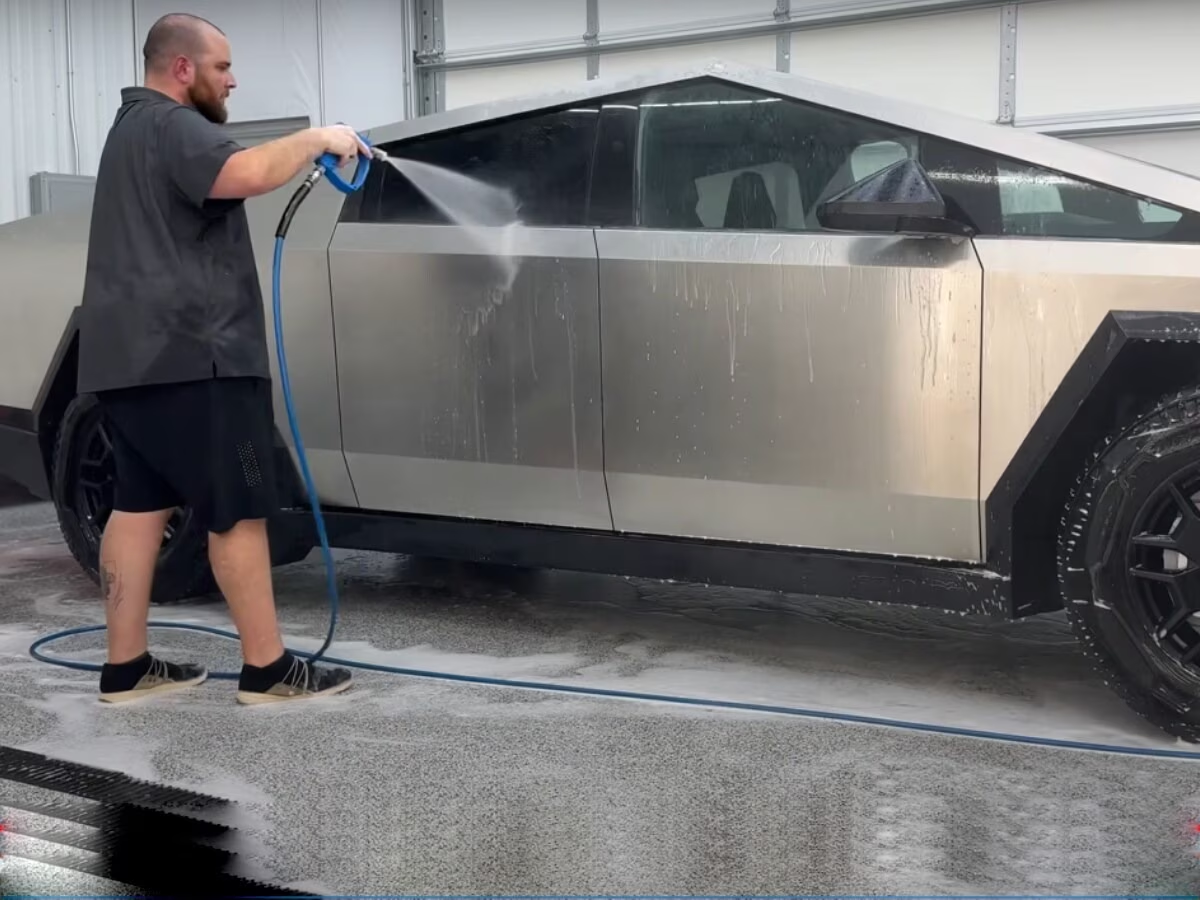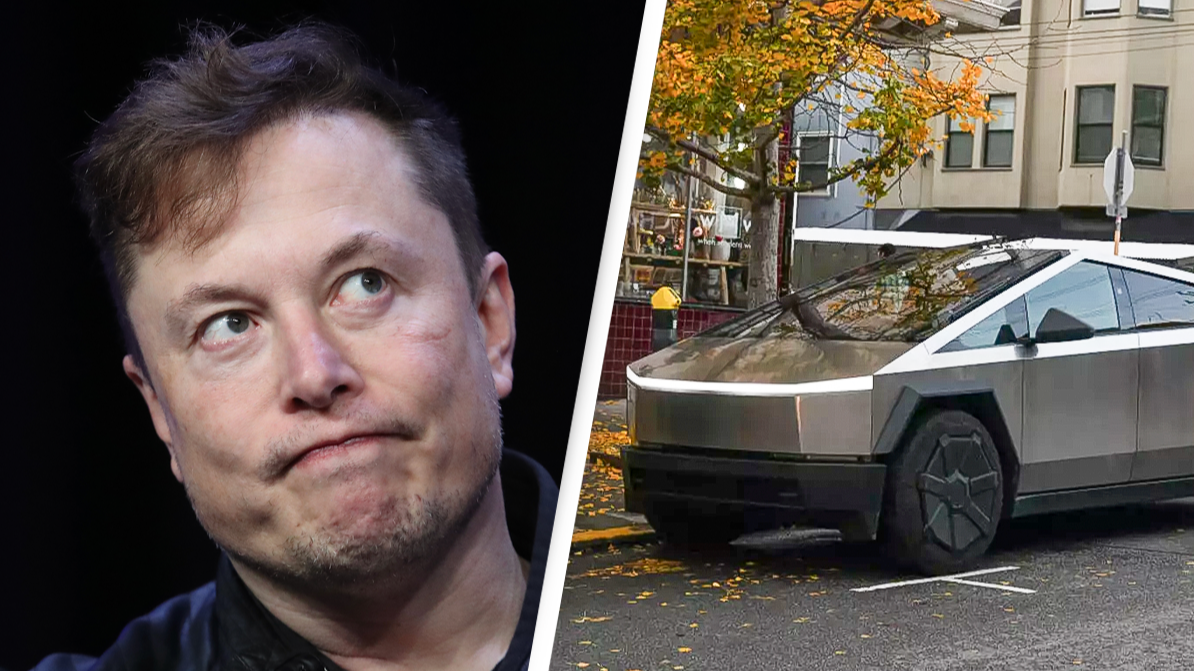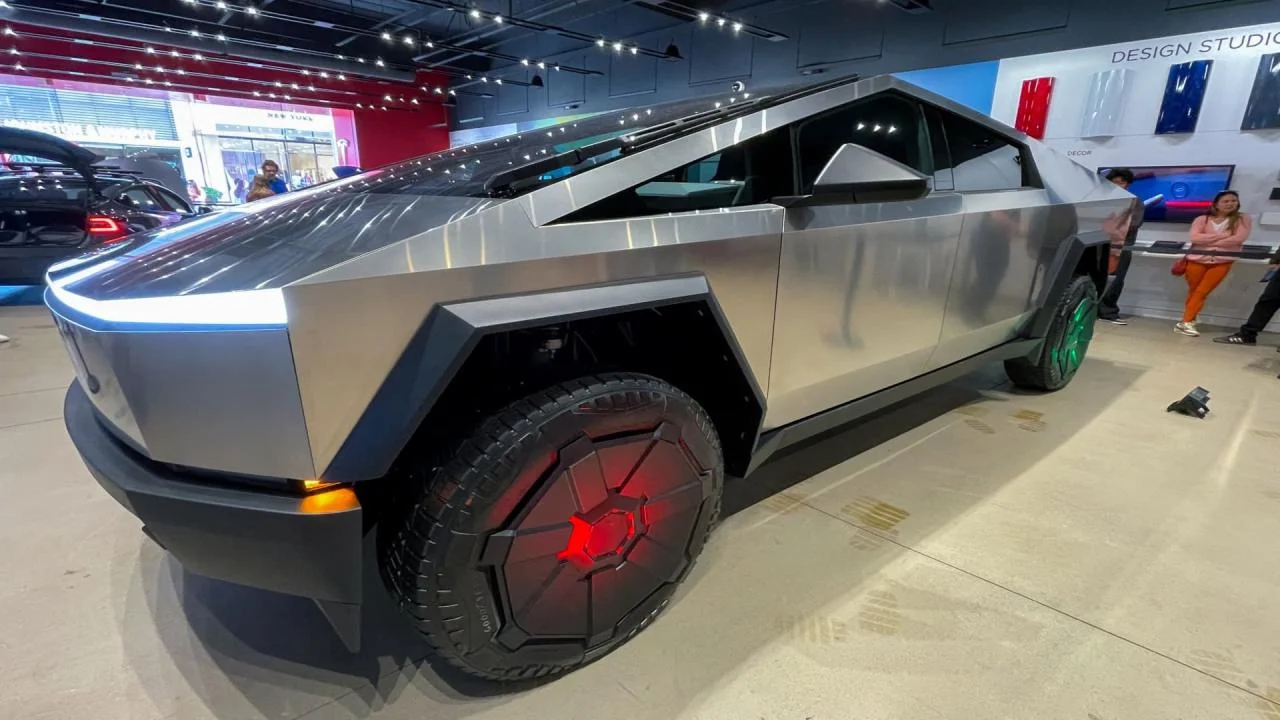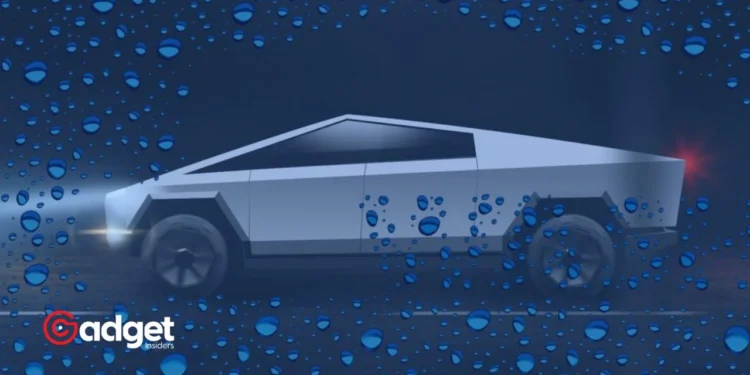The Cybertruck, Tesla’s bold foray into the electric pickup market, recently showcased an unexpected vulnerability—not to bullets, but to something as mundane as a car wash. A Cybertruck owner, identified on TikTok as @captian.ad, experienced a technological hiccup that transformed his $80,000 investment into what he described as a “world’s most expensive brick” after a routine cleaning session.

This incident exposes the complexities of integrating computer-like technologies into vehicles. “We tech-savvy people are well aware that computers and water do not mix.
But cars get dirty, and when you’ve tossed your life savings into a Cybertruck, you’d probably want to keep it looking immaculate,” remarked Richard Currie, highlighting the dilemma faced by modern electric vehicle owners.
Tesla Cybertruck: A Wash Gone Wrong
The trouble began after a beach day with his dogs. The owner decided to stop by a car wash to clean off the sand—a seemingly harmless choice.
However, upon returning home, he faced the stark reality of a non-responsive central console, crucial for driving as it displays essential information such as speed and rear view.
Tesla Cybertruck turns into world's most expensive brick after car wash https://t.co/hiDJKbV26e
— The Register (@TheRegister) April 20, 2024
In an attempt to resolve the issue, the owner followed Tesla’s recommended steps for a system reboot, only to hear a worrying electrical “pop.”
Despite hopes for a quick fix, the vehicle did not recover as expected. “The Tesla ‘T’ is supposed to come up on the screen and all should be well. That did not happen,” he shared in a follow-up video.
Tesla’s Response and Software Woes
Fortunately, the story did not end in disaster. After opening a service ticket with Tesla, the owner discovered the next morning that the vehicle had revived from its unresponsive state.
A Tesla advisor later informed him that the delay in resetting was a known issue, particularly with the latest hardware, which could take up to five hours to reboot.

This incident not only points to the intricate relationship between hardware and software in modern vehicles but also underscores the potential pitfalls of such dependency. “But five hours to reset a computer? And this is new hardware, hardware 4.
All I wanna know is, where do I get that computer so I can take it to work? ‘Sorry, boss, I’m resetting my computer. I’ll get to that in a little bit,'” joked the owner, highlighting the impracticality of the situation.
A Cautionary Tale from the Owner’s Manual
Further scrutiny of the Cybertruck’s owner’s manual reveals peculiar instructions that might have averted this mishap.
The manual explicitly warns, “CAUTION: Failure to put Cybertruck in Car Wash Mode may result in damage.” This specialized mode, seemingly a precaution against the vehicle’s unique vulnerabilities, was overlooked by many, including the vehicle’s owner.
The manual also advises against washing the Cybertruck in direct sunlight, adding another layer of care required for maintaining this high-tech vehicle. These stipulations paint a picture of a vehicle that, despite its rugged, futuristic allure, requires careful handling far removed from the norms of traditional truck ownership.

Broader Implications and Musk’s Vision Under Scrutiny
The incident has broader implications for Tesla and its visionary leader, Elon Musk, particularly as it follows closely on the heels of a national recall for all Cybertrucks due to faulty accelerator pedals. Musk’s claim of the Cybertruck being “literally bulletproof” now faces skepticism about its basic water resistance.
As Tesla continues to push the boundaries of what vehicles can do, the Cybertruck’s car wash fiasco serves as a stark reminder of the practical challenges that can arise when revolutionary technology meets everyday life.
This blend of high-tech promise and real-world usability continues to test the balance that Tesla aims to achieve in its pioneering automotive journey.










